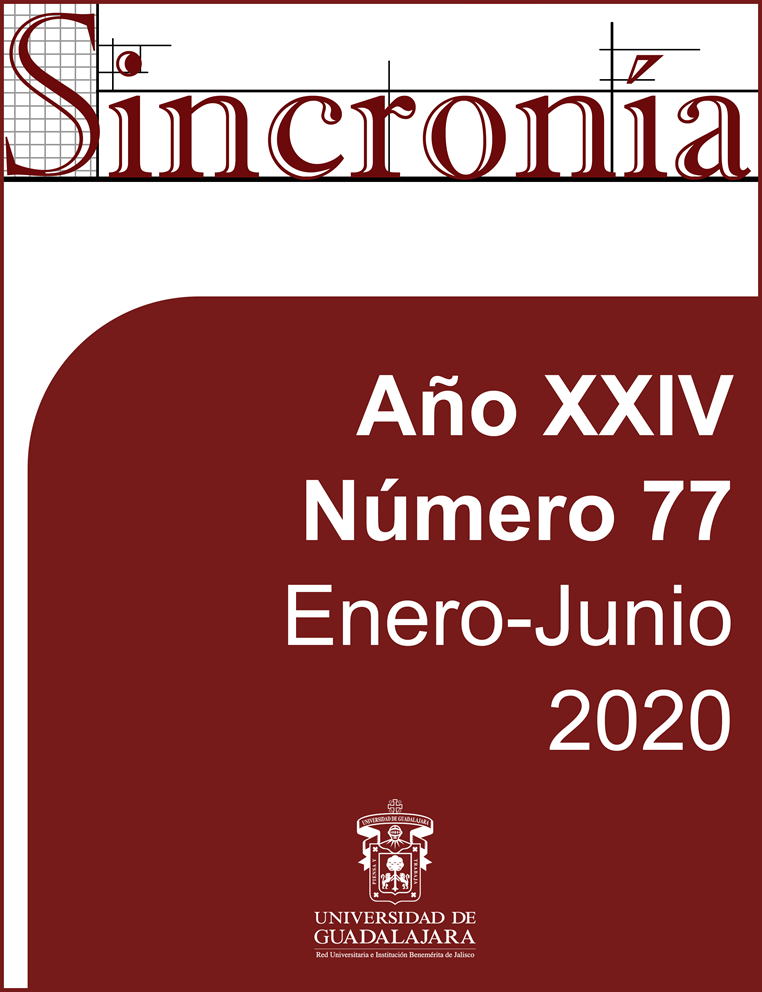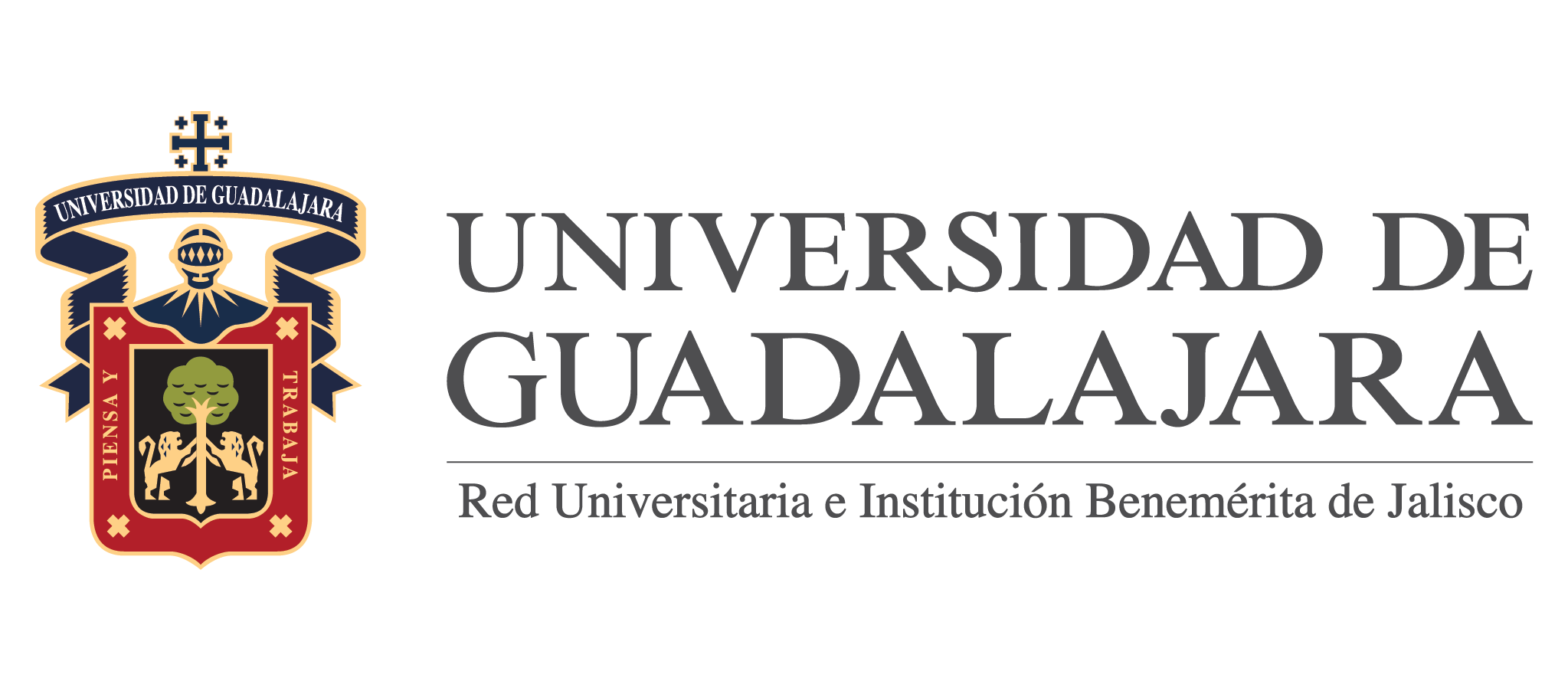On the determination and resolution of ambiguities: between linguistics and quantum mechanics.
Keywords:
Ambiguity, linguistic context, experimental context,, wave-particle duality, linguistic organizational levels.Abstract
The aim of this work is to defend the following thesis: there is a parallel in the treatment of ambiguities in linguistics and the use of wave and particle concepts in quantum mechanics, this parallelism is that ultimately there is a context that it plays a central role in disambiguation. This thesis is justified according to the definition of “parallelism” and by virtue of two premises: the first one according to which although ambiguity can be due and explained according to some of the different levels of organization of the language, it is in the emission context of an expression that a given interpretation is selected. The second premise states that while the electron can be conceived as a wave or as a particle, it is in the context of experimentation that a given interpretation will be chosen. In addition, we will try to explain this last ambiguity in terms of the transition in physical theory between formal language and natural or ordinary language and the different principles of reality that both imply, as well as giving a non-dualistic interpretation between nature and language from she.
Downloads
References
Alonso, M. (2011) Sobre los usos figurados: ¿extensiones de una única definición? En Escandell Vidal, M. V., Leonetti, M. & Sánchez López, C. (eds.) 60 problemas de gramática. Madrid, España: Akal, pp. 340-346.
Bohr, N. (1970): Nuevos ensayos sobre física atómica y conocimiento humano (1958-1962). Madrid: Aguilar.
Cassidy, D.C. (1992): Uncertainty. The Life and Science of Werner Heisenberg. Freeman: New York.
Folse, H. (1985): The Philosophy of Niels Bohr: The Framework of Complementarity. Amsterdam: North-Holland.
Heisenberg, W. (1953): “The Physical Content of Quantum Kinematics and Mechanics” en Quantum Theory and Measurement, J.A. Wheeler, W.H. Zurek (Eds.). New Jersey: Princeton University Press.
Heisenberg, W. (1962): Los nuevos fundamentos de la ciencia. Madrid: Norte y sur.
Heisenberg, W. (1971): Más allá de la física. Madrid: B.A.C.
Hernández, N. (2016) “Similitudes entre física cuántica y la psicología de Jung: el caso de la sincronicidad o de cómo fracasa una analogía.” En Sincronía. Revista electrónica de Filosofía, Letras y Humanidades. XX(70 Junio-Diciembre), pp, 71-102.
Jakobson, R. (1963): Essais de Linguistique générale I. Paris: Minuit.
Jammer, M. (1974): The Philosophy of Quantum Mechanics: The Interpretation of Quantum Mechanics in Historical Perspective. New York: John Wiley and Sons.
Löbner, S. (2002): Understanding Semantics. London & New York: Routledge.
Murdoch, D. (1989): Niels Bohr’s Philosophy of Physics, Cambridge Universitiy Press: Cambridge.
Rioja, A. (1995): “La dualidad onda-corpúsculo en la filosofía de Max Born”. Themata: Revista de filosofía. (14), pp.251-284.
Rioja, A. (2002): “Sobre ondas y corpúsculos: un punto de vista lingüístico” en Física cuántica y realidad, Rivadulla A., Mataix C. (Eds). Universidad Complutense de Madrid: Madrid, pp. 135-154.
Selleri, F. (1983): El debate de la teoría cuántica. Madrid: Alianza.
Downloads
Published
How to Cite
Issue
Section
License
Copyright (c) 2020 Nalliely Hernández Cornejo and Raúl E. Rodríguez Monsivái

This work is licensed under a Creative Commons Attribution-NonCommercial 4.0 International License.
You are free to:
- Share — copy and redistribute the material in any medium or format
- Adapt — remix, transform, and build upon the material
- The licensor cannot revoke these freedoms as long as you follow the license terms.
Under the following terms:
- Attribution — You must give appropriate credit , provide a link to the license, and indicate if changes were made . You may do so in any reasonable manner, but not in any way that suggests the licensor endorses you or your use.
- NonCommercial — You may not use the material for commercial purposes .
- No additional restrictions — You may not apply legal terms or technological measures that legally restrict others from doing anything the license permits.




























